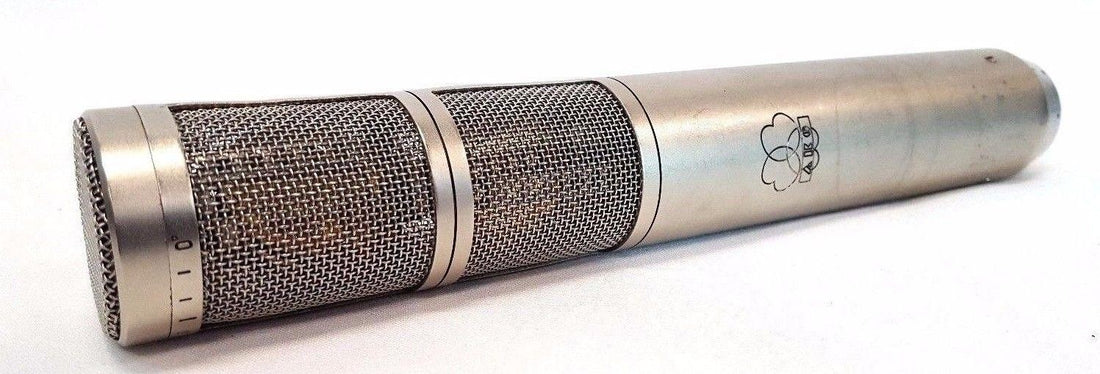In one of his Paul’s Posts (“Capturing Air”), Paul McGowan mentioned my AKG C-24, and I thought I would try to describe the mic, and how it’s been changed.
First of all: a C-24 is a stereo C-12, which is one of the greatest microphones ever made. It’s not quite a direct placement for it — the C-12 is perhaps a little “sweeter” sounding (i.e. more “tubey”) — but perhaps not, and close enough that it didn’t much matter to me. I sold mine a few years ago, because it wasn’t being used, and had gotten too valuable to sit around. And the C-24 is stereo.
Originally, it had a 6072 tube, used for both channels, and a fairly minuscule transformer, made by I-don’t-know-whom. The tube was situated right in the middle of the circuit board: picture a rectangular board with a gap in the middle. And it was really a great mic, exceptional in every respect one could imagine.
Unless you’re Tim DeParavicini…
About 20 years ago, I was Tim’s professional importer, and he prevailed on me to send my C-24 to England for him to modify. I had (and have) plenty of faith in Tim — which I had to, to send something like a C-24 to him for modification. He told me he had done two before, one of which was for the great classical engineer Tony Faulkner. So…okay, good. Off it went.
What Tim did:
He threw out the 6072, first of all. This meant there was no longer a need for the fairly large gap in the circuit board. Doing this allowed him to make the board much smaller, which is crucial to the modification. But what to replace it with? Tim’s answer was to use a pair of AC701’s (which are miniature tubes, used in among many others, the Neumann M-49 and the KM-series of mics, like the KM-54 and 254), and to “fly” them off the sides of the board. Literally. Where the 6072 sat smack in the middle of the board, the AC701s are flown off the sides, one on each.
The mic body is a cylinder, and now, with a smaller board, a lot of space is opened up. He then threw away the small transformer that AKG originally used. This is really the crucial step: he replaced it with one (or two? I can’t remember) of his hand-wound transformers — and in my opinion, Tim makes the best transformers in the world. And it is — they are? — much bigger than the AKG’s original. A larger, more linear transformer: the sound was utterly transformed, too.
On the low end, it gained an octave, apparently. It may not be quite an octave, but it goes really low, now. It went low before, but now it goes really low. And on the top end — AKG’s have a bump, a rise, in the upper mids to lower highs. Tim’s mod smoothed that out. The overall result was a much more linear, wide-band microphone, capable of capturing the air of a space.
Am I happy I acquiesced to the mod? What do you think?
Postscript — The last time I really heard it in use, I had rented it to someone who complained of a hum, so I brought to the studio where I was “living” at the time, plugged it in — and there was the volume of the very large space, perfectly reproduced, without a trace of hum. (He had a hum somewhere else, probably in his AC line. I’ve encountered this before.)



